
YouTube / Wings Over the Rockies Air & Space Museum
The Wings Over The Rockies Air & Space Museum has over 70 amazing aircraft and spacecraft in display – including the infamous Mikoyan-Gurevich MiG-23.
Designed to fare up against the American F-4 Phantom and replace the aging MiG-21s, the MiG-23 entered service as a formidable aircraft.
It was influenced by the F-4 and F-111, and was the first Soviet jet that featured variable sweep swing wings. This new design enabled the aircraft to achieve high speed flight, as well as manageable takeoff and landing speeds. For avionics, the MiG-23 was fitted with an advanced Look Down, Shoot Down radar.
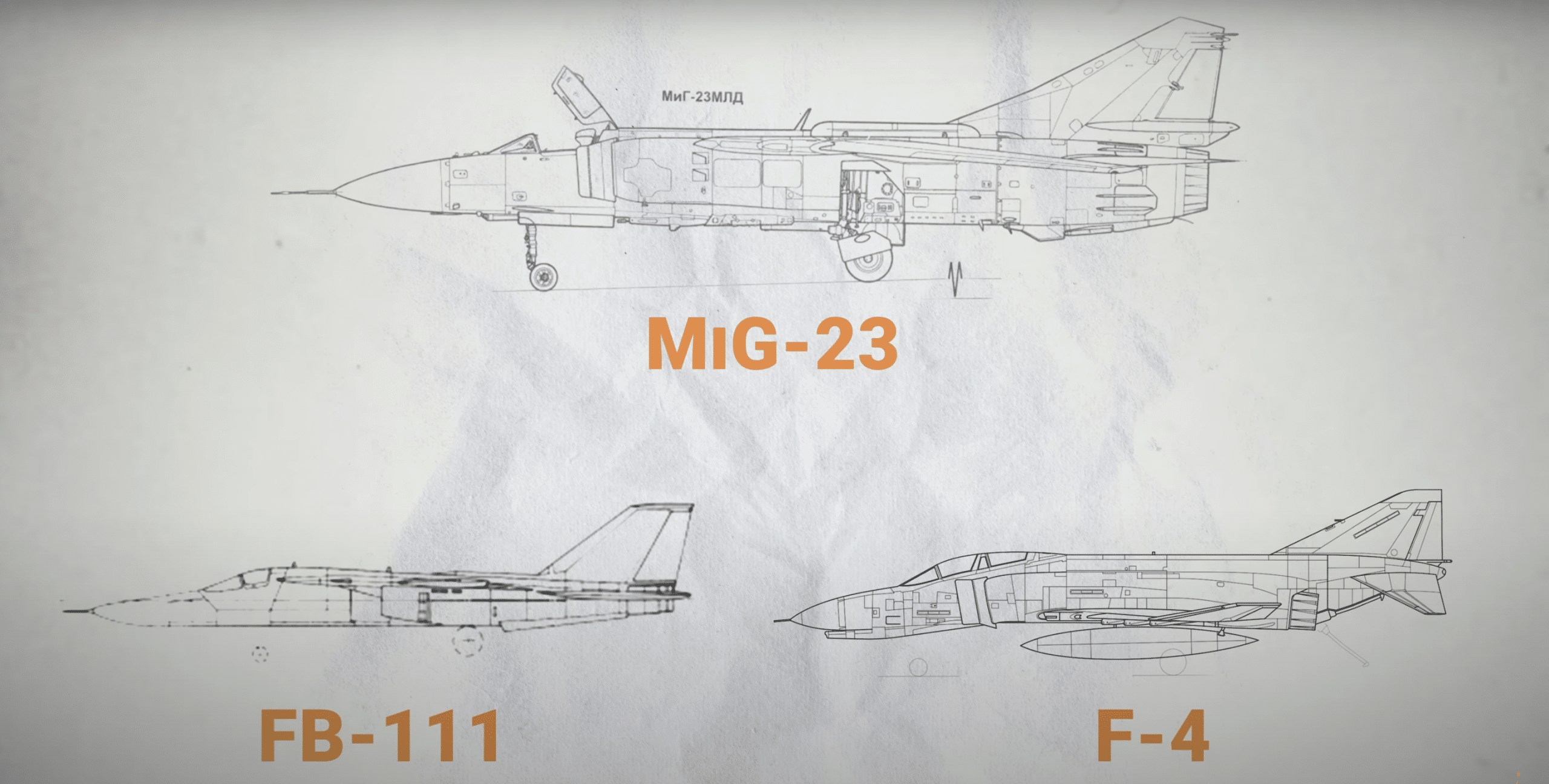
The Soviet Union made over 5,000 of these warbirds, with several of these ending up in the United States in 1977 as part of a secret program.
In the program, the MiG-23s were flown and evaluated in mock combat situations against American fighters by the 4477th Test & Evaluation Squadron over the Nevada Desert.
Around 6,000 American pilots from the Air Force, Navy, and Marines were able to get realistic air combat training by flying against the adversary using Soviet tactics.
John Mann first flew with the 4477th using a MiG-21 but later progressed to the MiG-23. As a pilot working under Constant Peg, Mann was part of the few who wondered, “What do we need to do better?”, after the results of the Vietnam War.
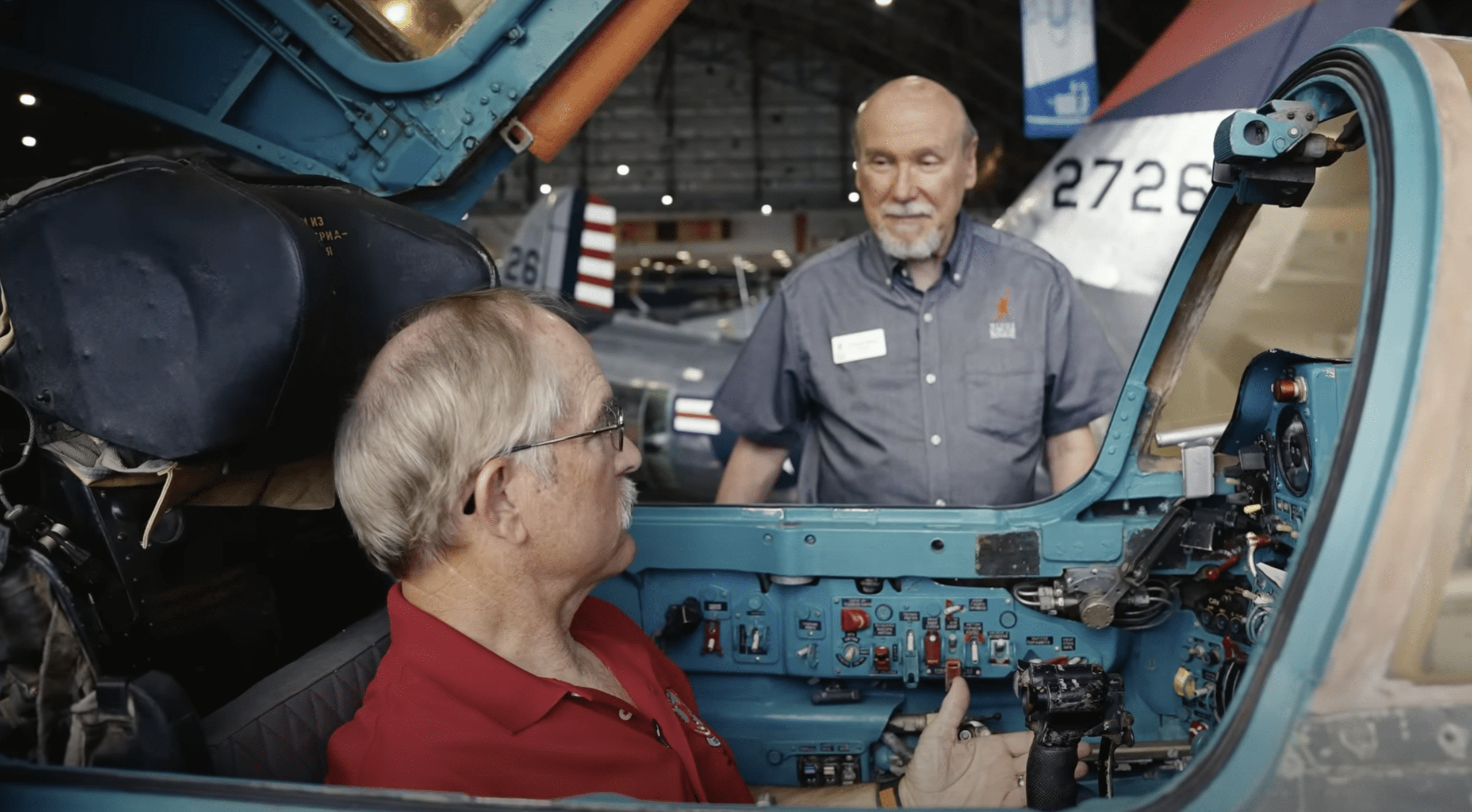
At that time, fighter training was pretty much similar. To find a fix, the squadron decided to get some dissimilar assets to train against.
A thousand switches in no particular order – that’s what you’d be met with when you first get inside its cockpit. For a supposedly fast fighter, the MiG-23 was still unable to “turn on a dime”, like it was advertised.
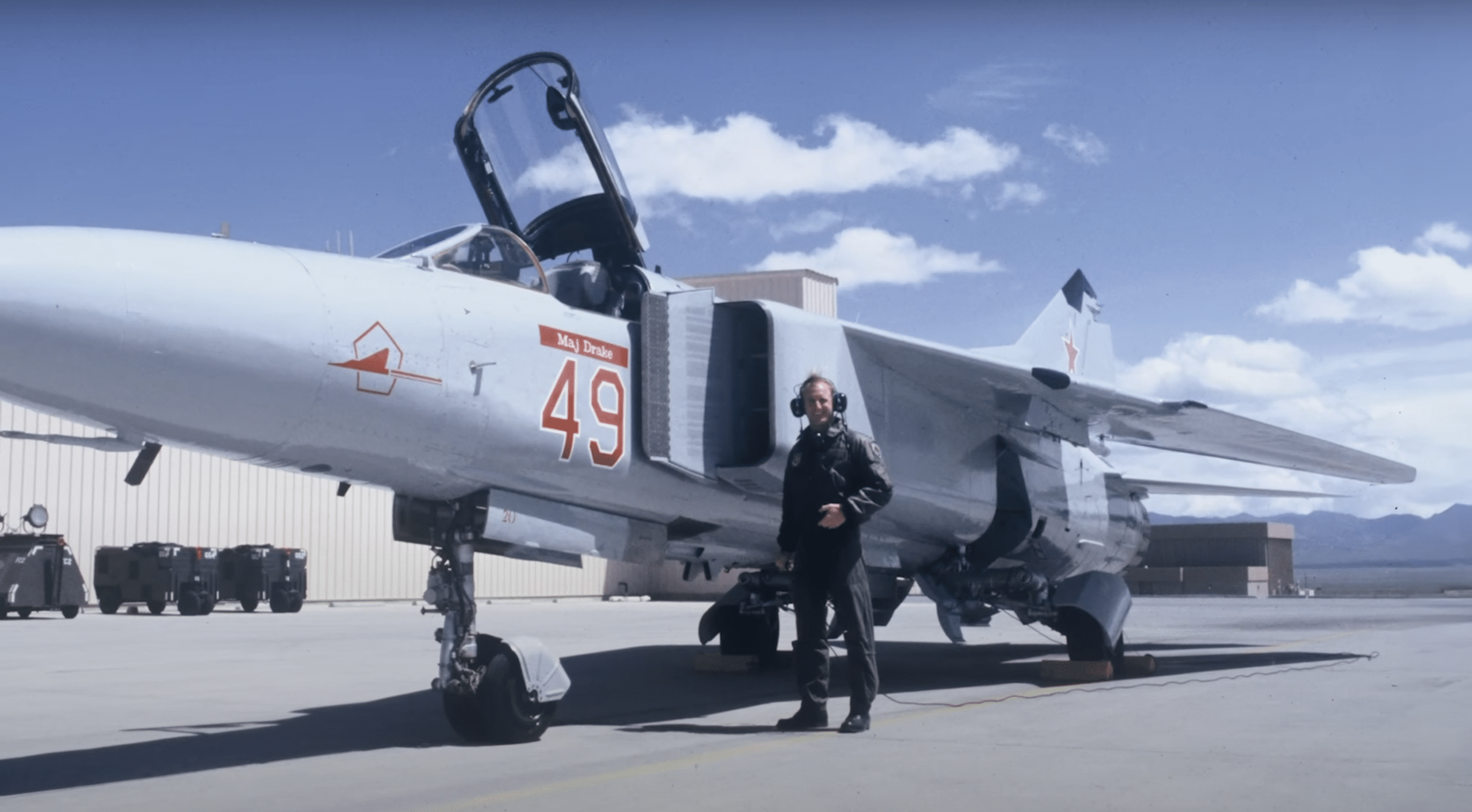
The veteran pilot also expressed his dismay in how low the pilot’s seat was compared to the F-15 and F-16. The low seating arrangement made it significantly harder to look around the surroundings, he said.
With that in mind, its designers did install a small window in the cockpit’s roof. If the pilot needed to know what was going on behind the MiG-23, they’d have to use a periscope – which, in itself, offered a small and very limited field of view.
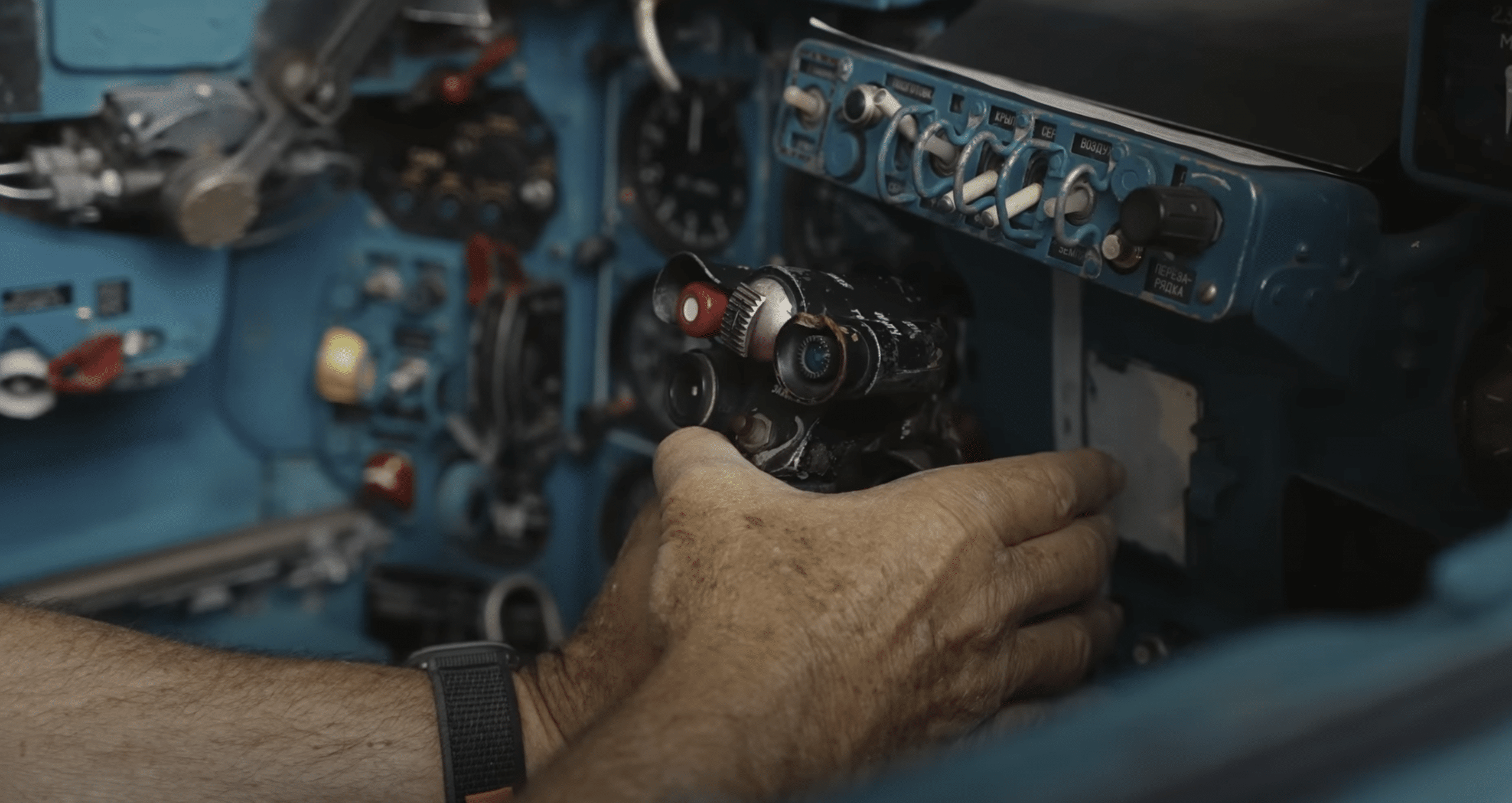
Interestingly, you’d also see a white strip just in front of the stick. According to Mann, this was where you’d put the stick as part of the recovery process since the aircraft would sometimes get out of control and roll violently.
The first day of training under the program was all about familiarization. Studying a fully-built foreign jet from the ground-up was a necessity to build the pilots’ confidence. If they were lucky, the squadron would incorporate the new pilots in a “One versus One”-type of training.
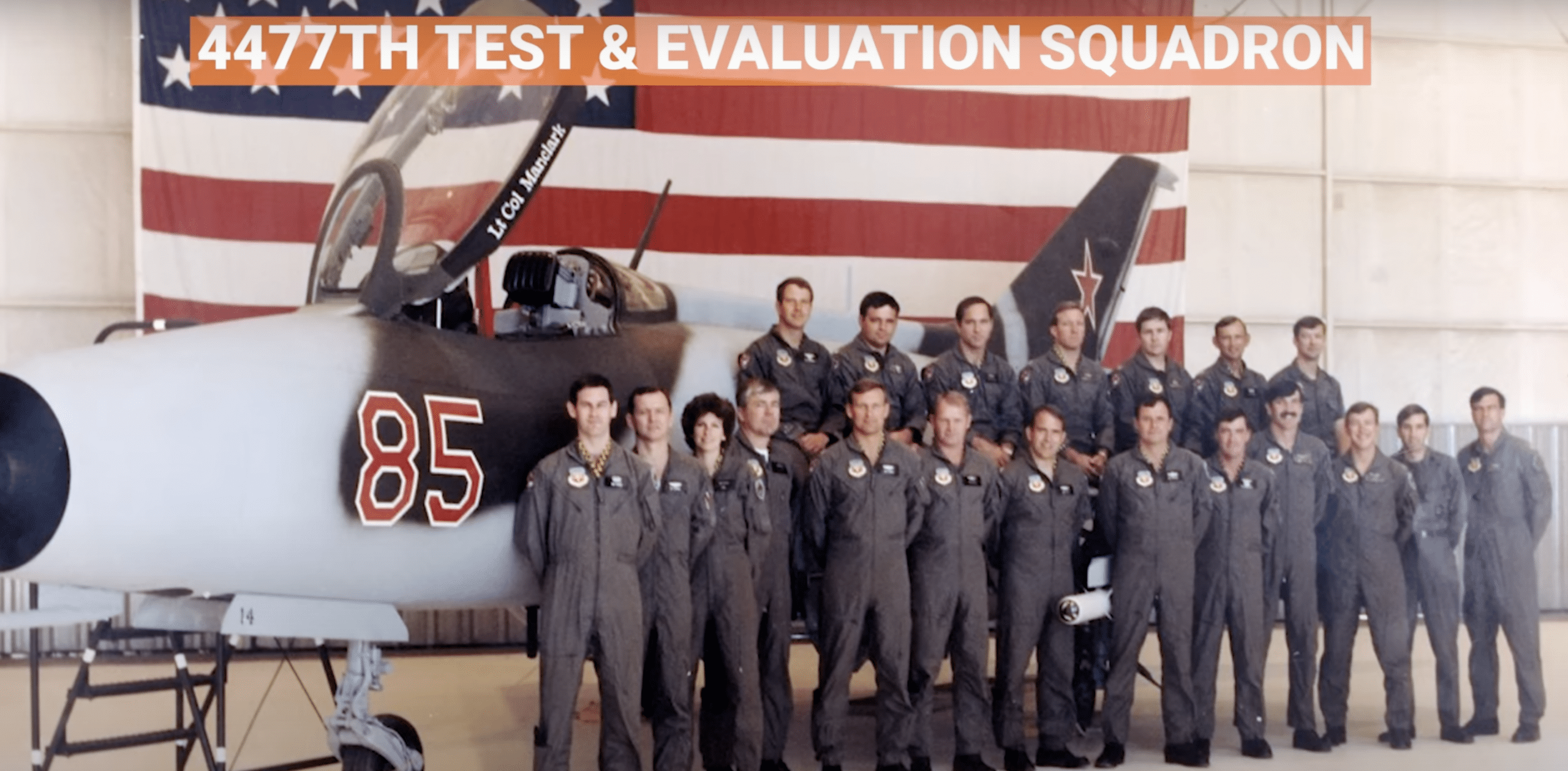
Afterward, the squadron would fly these planes in Red Flag Exercises, where there would be a mix of aircraft in a big airspace practicing different tactics.
Still, the 4477th Squadron still experienced several problems regarding maintenance. The MiG-23 was designed by a completely different design philosophy, so most of its pieces were taken apart, replaced, manufactured, and even rebuilt in some cases.

Ultimately, the realistic training Constant Peg provided to American pilots proved to be a huge success.